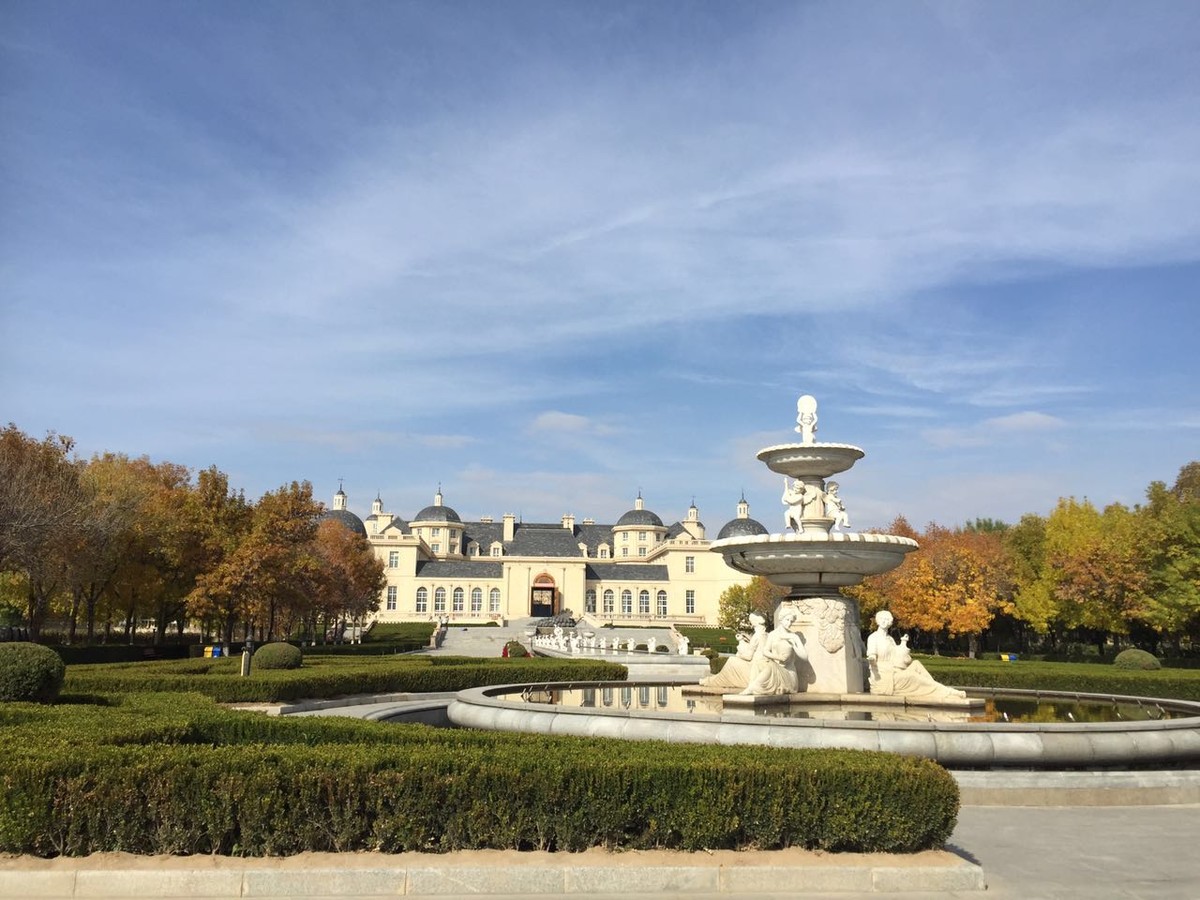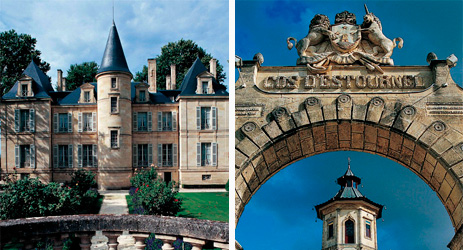Being granted UNESCO World Heritage status is a feather in the cap of any wine region boasting superb landscapes or a long wine-growing tradition. Rebecca Gibb MW explores the rocky path to selection。

A CROCODILE OF poncho-wearing tourists trail behind a cruise-ship guide in the aftermath of a downpour in St-Emilion. It’s an unseasonably soggy summer day in the medieval town and the steep, narrow lanes are treacherous, but that’s not deterring thousands of visitors: American voices mingle with French, German and Chinese, filling the cafés and keeping the wine stores – which advertise that they ‘speak English with a French accent’ – ticking over. In 2019 it will be 20 years since the town achieved UNESCO World Heritage status, and a survey by the town’s tourism office says that 30% of all those who visit come because of that status...

Translated by ICY
All rights reserved by Future plc. No part of this publication may be reproduced, distributed or transmitted in any form or by any means without the prior written permission of Decanter.
Only Official Media Partners (see About us) of DecanterChina.com may republish part of the content from the site without prior permission under strict Terms & Conditions. Contact china@decanter.com to learn about how to become an Official Media Partner of DecanterChina.com.








Comments
Submit